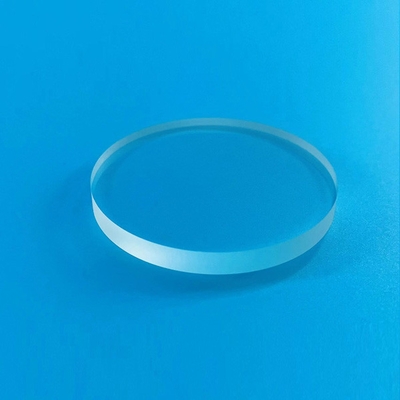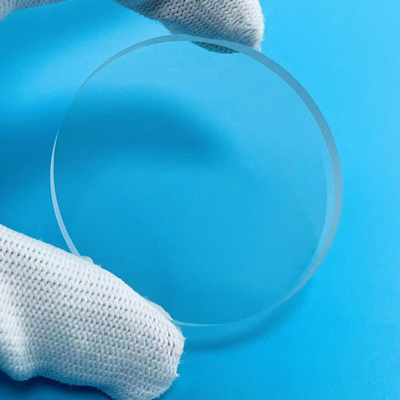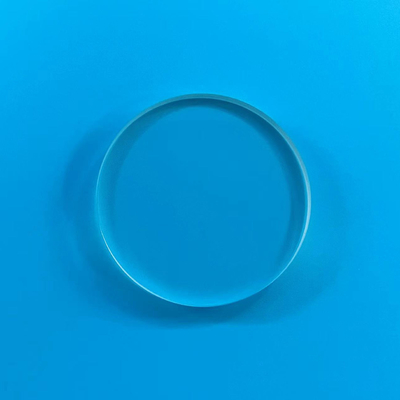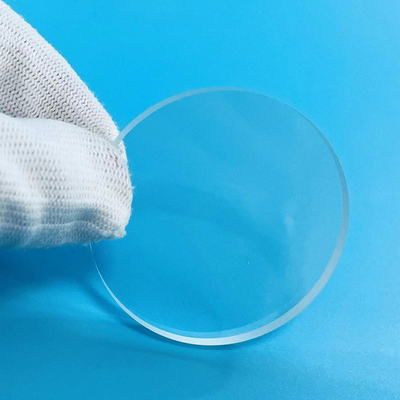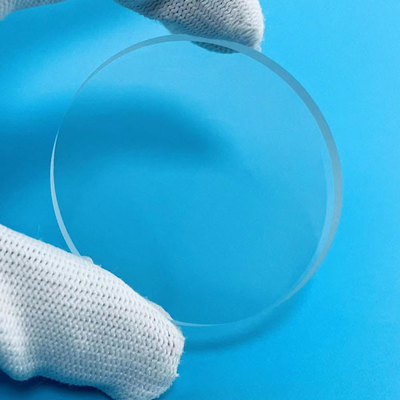-
Optical Quartz Glass
-
Machining Quartz Glass
-
Quartz Glass Tube
-
Quartz Capillary Tube
-
Borosilicate Glass Tube
-
Quartz Glass Rod
-
Laser Spare Parts
-
Silicon Dioxide Sputtering Target
-
Quartz Apparatus
-
Quartz Glass Plate
-
Custom Glass Parts
-
Custom Ceramic Parts
-
Optical Manufacturing Equipment
-
Mobile Glass Cover Making Machine
-
Optical Measuring Instrument
-
Optical Crystal
High Borosilicate 3.3 Quartz Glass Discs In High Temperature View Window

Contact me for free samples and coupons.
Whatsapp:0086 18588475571
Wechat: 0086 18588475571
Skype: sales10@aixton.com
If you have any concern, we provide 24-hour online help.
x| Refractive Index | 1.47 | Transmittance(2mm) | 92% |
|---|---|---|---|
| Density(20℃) | 2.23g/cm3 | Tensile Strength(104dpas) | 40-120Nm-2 |
| Elastic Modulus | 64kN/mm2 | Poisson’s Ratio | 0.2 |
| Strain Point | 520℃ | Thermal Conductivity | 1.2Wm-1K-1 |
| Heat-resistant Temperature Difference | 270℃ | Coefficient Of Thermal Expansion(20-300℃) | 3.3*10-6K-1 |
| Highlight | borosilicate quartz glass discs,high temperature quartz glass discs,view window quartz glass discs |
||
High Borosilicate 3.3 Glass Discs used in High Temperature View Window
Contents:
SiO2%: 80.10
B2O3%: 12.16
Al2O3%: 2.53
K2O%: 0.10
Na2O%: 4.50
Chemical Resistance
Borosilicate glass 3.3 is resistant to chemical attack by almost any product, which makes its resistance much more comprehensive than that of other well-known materials. It is highly resistant to deionized water, saline solutions, organic substances, halogens such as chlorine and bromine and most acids. There are only a few chemicals which can cause noticeable corrosion of the glass surface namely hydrofluoric acid, concentrated phosphoric acid and strong caustic solutions at elevated temperatures. However, at ambient temperatures caustic solutions up to 30% concentration can be handled by borosilicate glass without difficulty.
Borosilicate glass 3.3 can be classified in accordance with the relevant test methods as follows (see also ISO 3585 and EN 1595):
Hydrolytic resistance at 98 ºC Hydrolytic resist. grain class ISO 719-HGB 1
Hydrolytic resistance at 121º Hydrolytic resist. grain class ISO 720-HGA 1
Acid resistance Deposit of Na2O < 100 mg/dm² to ISO 1776
Alkali resistance Alkali resistance class ISO 695-A2
PHYSICAL PROPERTIES
Borosilicate glass 3.3 differs from other materials of construction used for process plant not only because of its virtually universal resistance to corrosion (see above) but also because of its very low thermal expansion coefficient. There is, therefore, no need for expensive measures to compensate for thermal expansion resulting from changes in temperature. This becomes of particular significance in the layout of long runs of glass pipeline.




